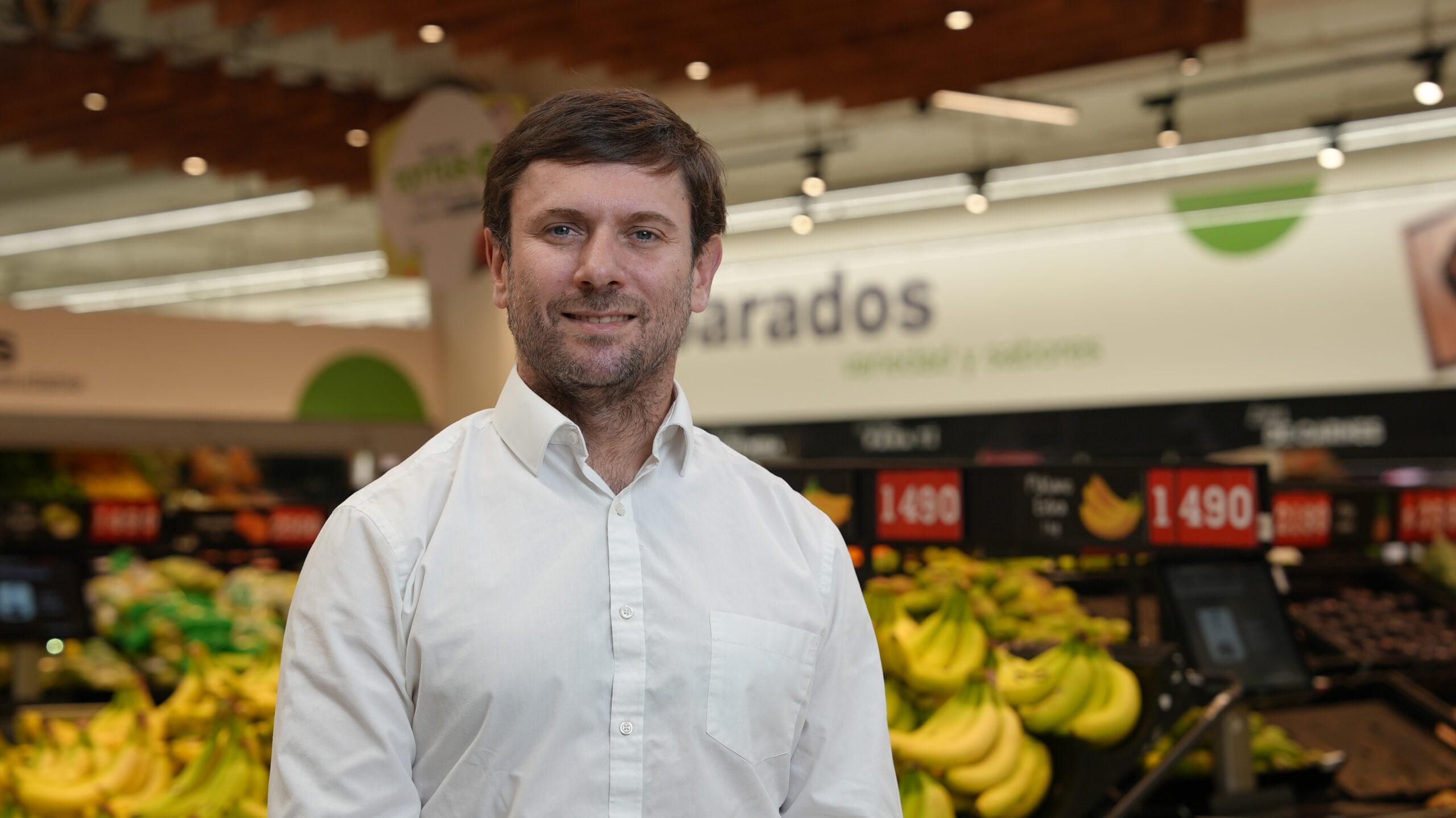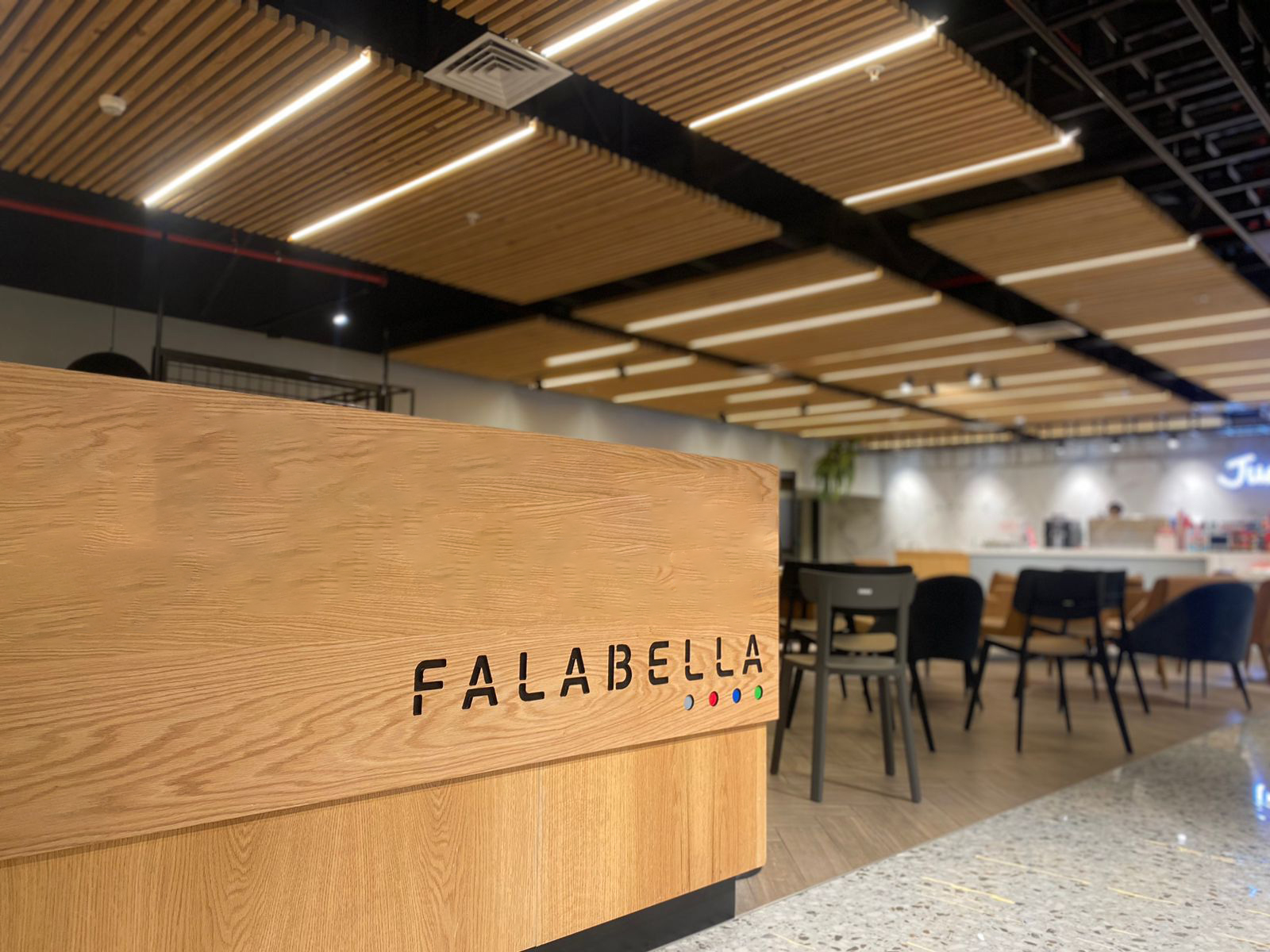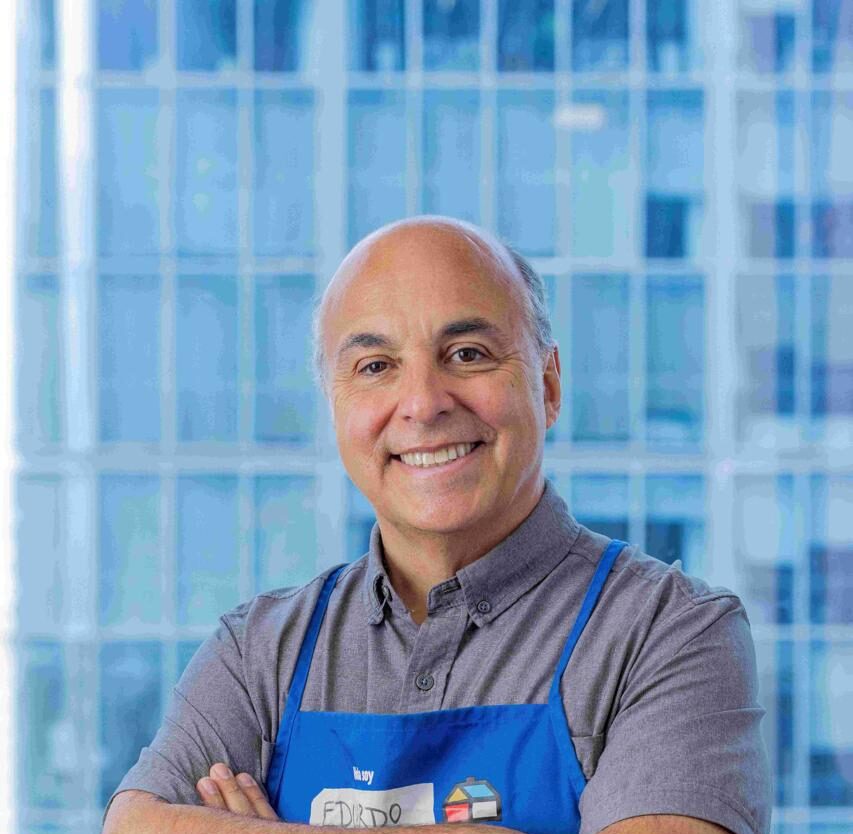
Matías Aranguren, CEO of the financial institution, says they aim to offer greater benefits through the CMR Points loyalty program. They expect to reach 150,000 clients with payroll accounts and have redefined their value proposition.
Banco Falabella’s efforts this year are focused on becoming a digital bank, while maintaining a physical presence.
So says Matías Aranguren, CEO of Banco Falabella. In an interview, the executive reviews the company’s plans and how they will strengthen their strategy with products such as savings accounts and payroll accounts (liabilities).
Additionally, given the reach of their CMR Points loyalty program, they aim to extend it to more brands within the Group, such as Tottus and Sodimac.
The bank managed to reverse its income results in 2024, after a challenging 2023. What strategic change led to this?
Last year, we made a very significant change related to our collections systems. We optimized the system we had, which allowed us to get ahead in our collections management and gain a day. And in the world of collections, every minute counts. That also enabled us to clean up the portfolio more quickly.
We’re also in a more favorable context since the beginning of this year.
As of now, what financial results has the company recorded in the first half of the year?
As of May 2025, we’ve reached S/88 million in accumulated net profit, which marks a very strong start to the year compared to last year. Looking ahead, last year we decided to focus much more on the world of accounts.
At Banco Falabella, our flagship product is the CMR card, and on the accounts side, we saw an opportunity to take on a more prominent role. To understand how we would approach this, we spoke with many clients and non-clients, and from those conversations we received three key messages:
Clients want better returns on their money, more benefits, and more favorable fees or rates. Based on those three insights, we redefined our value proposition for payroll accounts. These are not new demands for the financial system.
Why make the change now and not earlier?
It was a decision. I also think we finally became convinced that the world of liabilities is extremely important. If you look at the benchmark and competitors, we weren’t playing the game we wanted to.
Another thing I didn’t mention is that when we interviewed clients, one of the most common insights was that around 40% of their income goes toward food. And as a bank, we’re part of a very strong ecosystem in Peru. We have Falabella, Tottus, Sodimac. If 40% of clients’ income is spent on food, that’s our opportunity to offer something different. But I’d say it was mostly a conviction that this is what we need to do for the future of the bank.
What is the current client base of the bank?
We currently have 1.4 million total clients. Of those, 1.1 million are cardholders. And the clients with accounts—around 500,000—use us regularly. We have a huge opportunity to offer accounts to our cardholders.
Among those with accounts, the majority use them for day-to-day transactions, and fewer for payroll accounts, which is what we’re now pushing and growing at triple-digit rates.
What is the goal for payroll accounts?
We want to reach 150,000 payroll account clients by 2027.
And in terms of total clients?
We aim to reach 2 million clients by 2027. That will require effort and investment.
Where is the bank investing today? Are you digitizing your back office?
Absolutely. I’d say if you look at the bank’s income statement, you’ll see two lines standing out more prominently. One is all the communication and marketing we’re doing. The second major line is technology.
There’s a full effort to digitize our clients’ experiences, with a strong focus on mobile apps. We’re currently working on migrating to the cloud to achieve greater operational stability. That’s where our development and investment efforts are focused—to become a 100% digital bank with physical presence, because our clients also demand that.
Will this digital transformation lead to efficiencies? In what areas and to what extent do you expect to benefit?
To make the decision to become a digital bank with a physical presence, we studied successful digital banking models extensively. Mainly because we saw that these banks had the highest levels of customer satisfaction, grew the fastest, and delivered the greatest return on investment.
For me, the best metric of return is customer satisfaction. When I look at our NPS—our customer satisfaction score—at the end of 2021, when I joined, it was at 37%. Today, it’s at 70%. That shows customers value what we’re doing and are increasingly engaging with us digitally.
As for whether this leads to efficiencies, I’d say that as things become more digital, people take on different roles. For example, we’ve reassigned many branch employees to customer service roles in our Contact Center. That employee profile has changed.
The bank’s main focus is on consumer loans, which are often exposed to economic fluctuations and can quickly deteriorate the portfolio, as seen in previous years. How have you adjusted your risk models based on recent experiences in the financial system?
If you lend more to a customer than they can afford to repay, you’re heading for trouble. To improve this, we’ve incorporated a lot of new data into our credit origination process. As part of the Falabella ecosystem, we have access to transactional data from our customers.
We also made a major effort in collections. At one point, we worked with external collection agencies. We reviewed that approach and started working with our own internal teams.
What impact have these changes had on the bank’s delinquency rate?
Looking at customers who are 90 days or more past due, we’re currently at 3.3%, down from 5.9% last year. That’s a significant improvement, and it’s something we need to protect.
From a funding perspective, while you’re betting on liability products, are you also exploring opportunities to issue debt?
We aim to stay active in the market for issuing deposit certificates. We recently completed an issuance, and we believe it’s important to maintain a presence in the market, using it as needed.
That said, the more we can fund our lending through customer deposits—which we see as a more stable source over time—the more we’ll prioritize that. We may do another issuance later this year.
Of your total customer base, how many interact with the bank digitally?
Today, 90% of customer interactions happen through the app. Between the app and the website, the app is used far more. The remaining 10% of interactions occur at branches.
We see digitalization as something that’s here to stay.
Looking ahead, what are your plans for 2025? Leveraging your retail ecosystem with Tottus, Sodimac, and other Group brands, what benefits will you offer your more sophisticated clients?
We see them as integrated clients—those who actively use their card and have a payroll account with us.
We offer a 50% discount at certain establishments for cardholders, but for payroll account holders, that discount has no usage cap. The 10% discount on groceries at Tottus every day is exclusive to payroll account holders.
Clients with payroll accounts enjoy a broader range of benefits than the rest of our portfolio.
Are there plans to expand the CMR Points benefits program?
We have the CMR Points loyalty program, which is part of the Group—not just the bank—with 11 million participants and strong growth.
We’re investing in development to expand digital redemption options. Recently, we launched a feature with falabella.com that allows customers to use points to partially pay for products with their CMR card.
Currently, this applies to products sold directly by Falabella on falabella.com.
What’s next? On falabella.com, we also have third-party sellers in the marketplace. Soon, customers will be able to use CMR Points plus soles for those products too.
And by the end of this year or early next year, we’ll bring this combined payment option (points + soles) to physical retail stores—starting with Tottus.
Will that happen this year?
I think it’s more likely that we’ll launch it at Tottus in the first quarter of next year. Digitally, we’ve already been offering it since last month.


